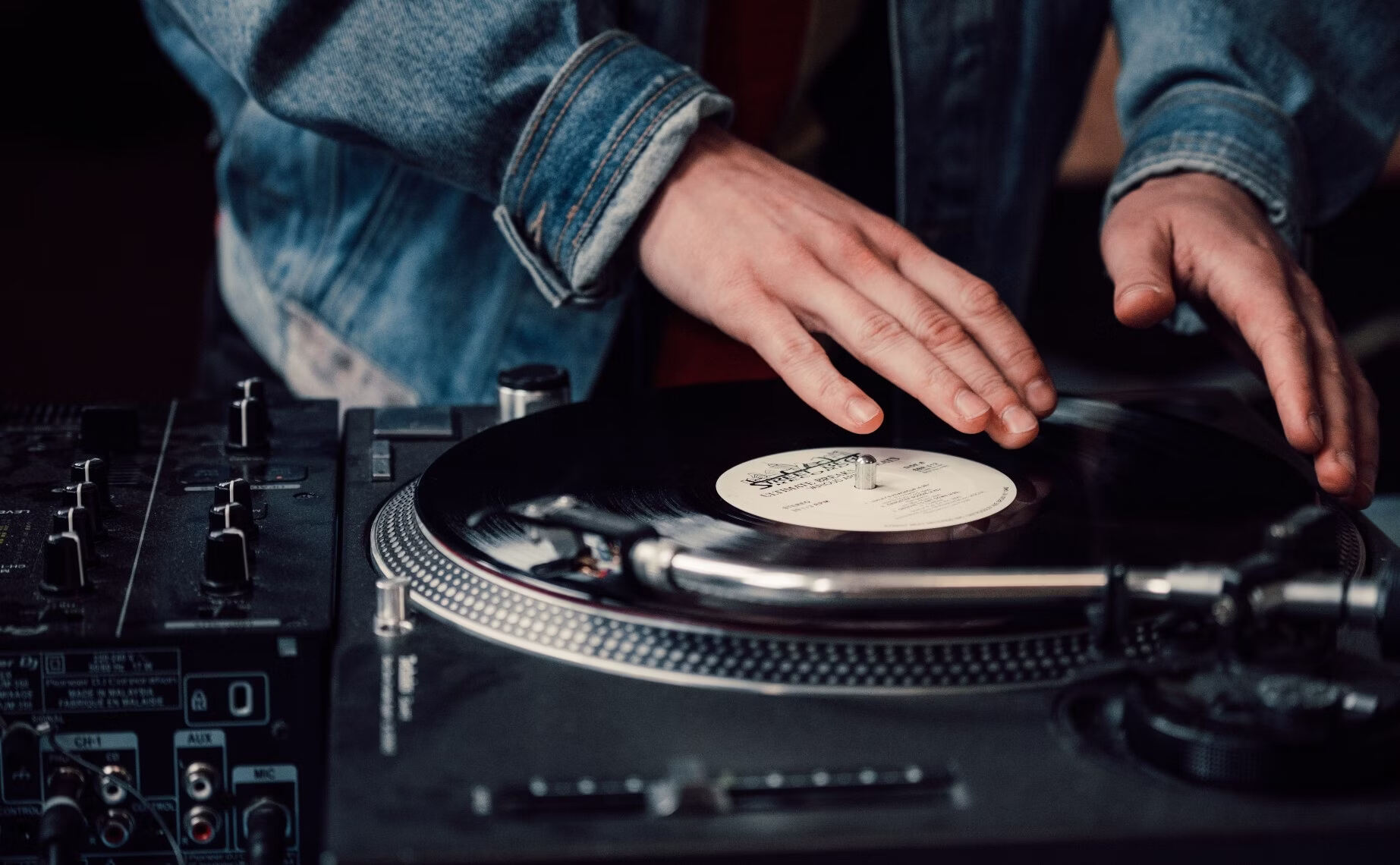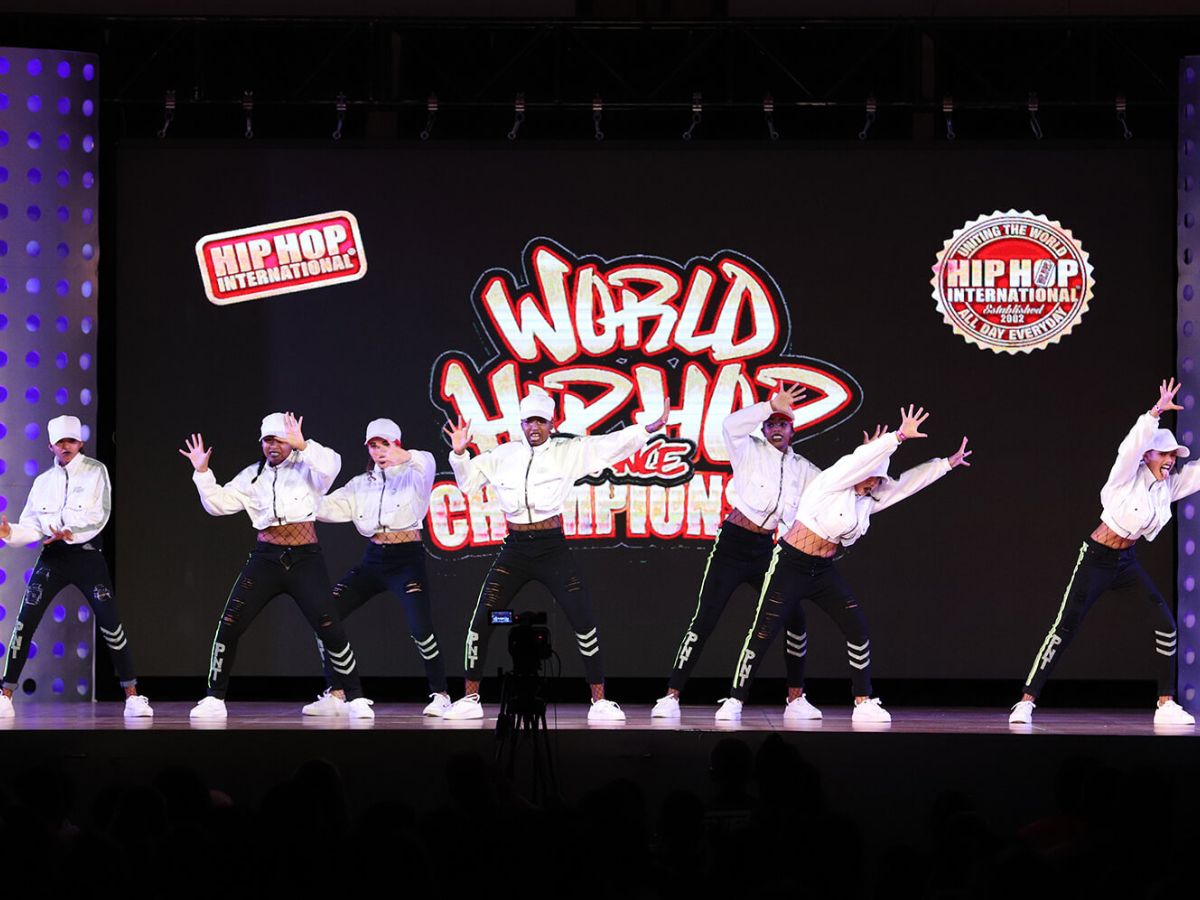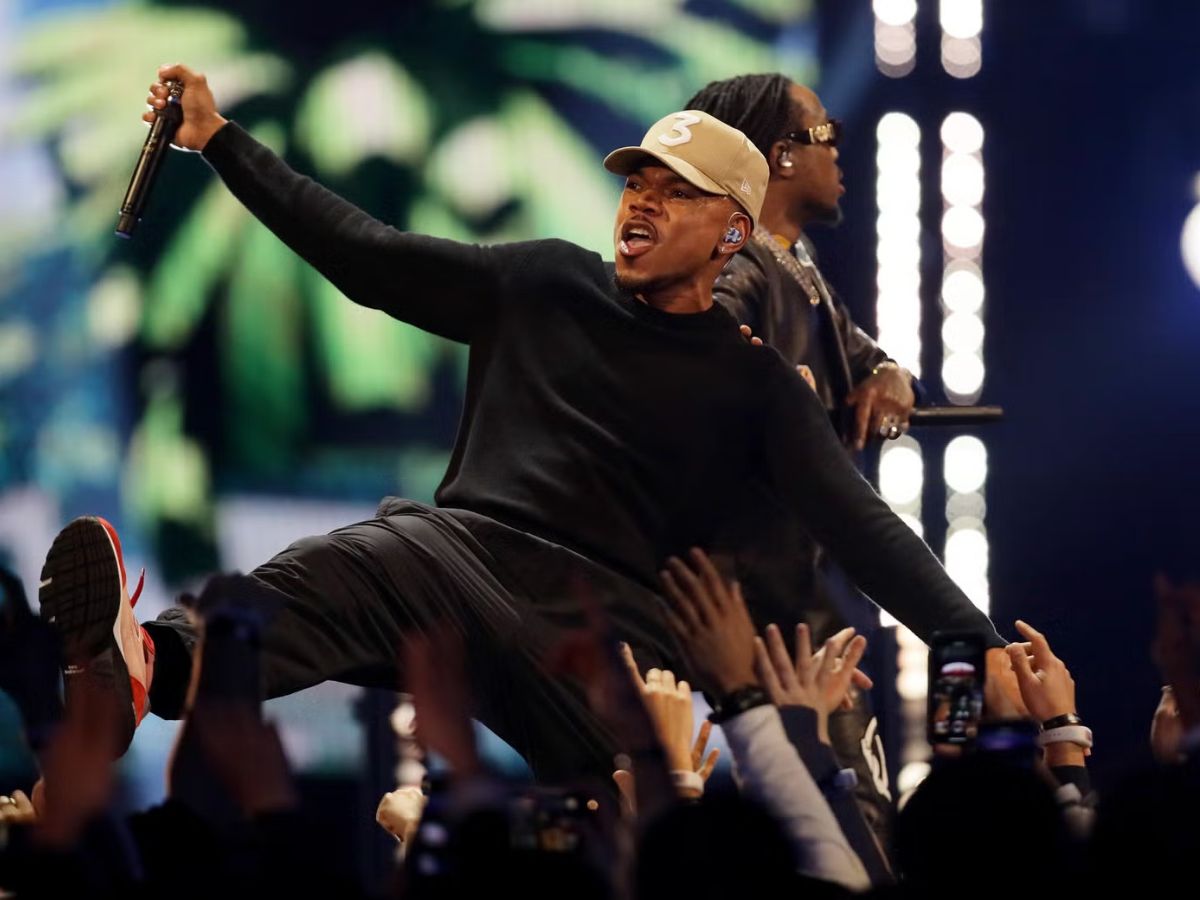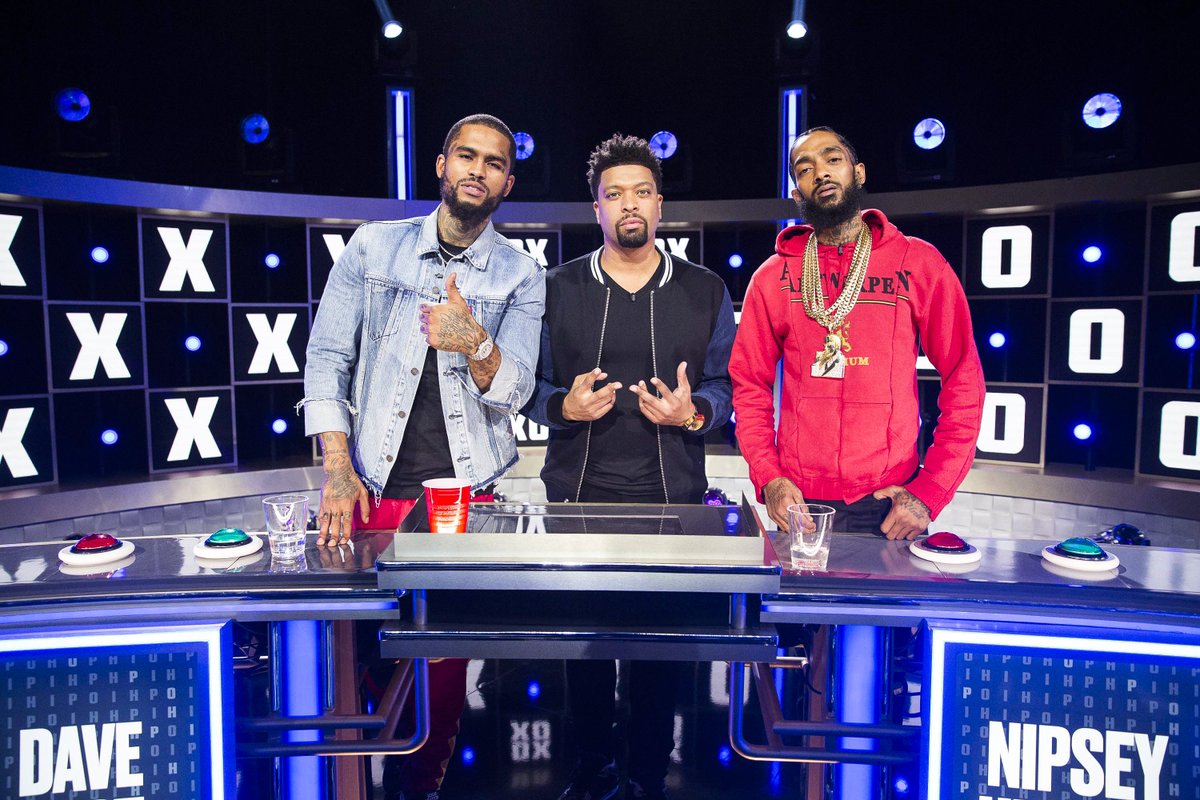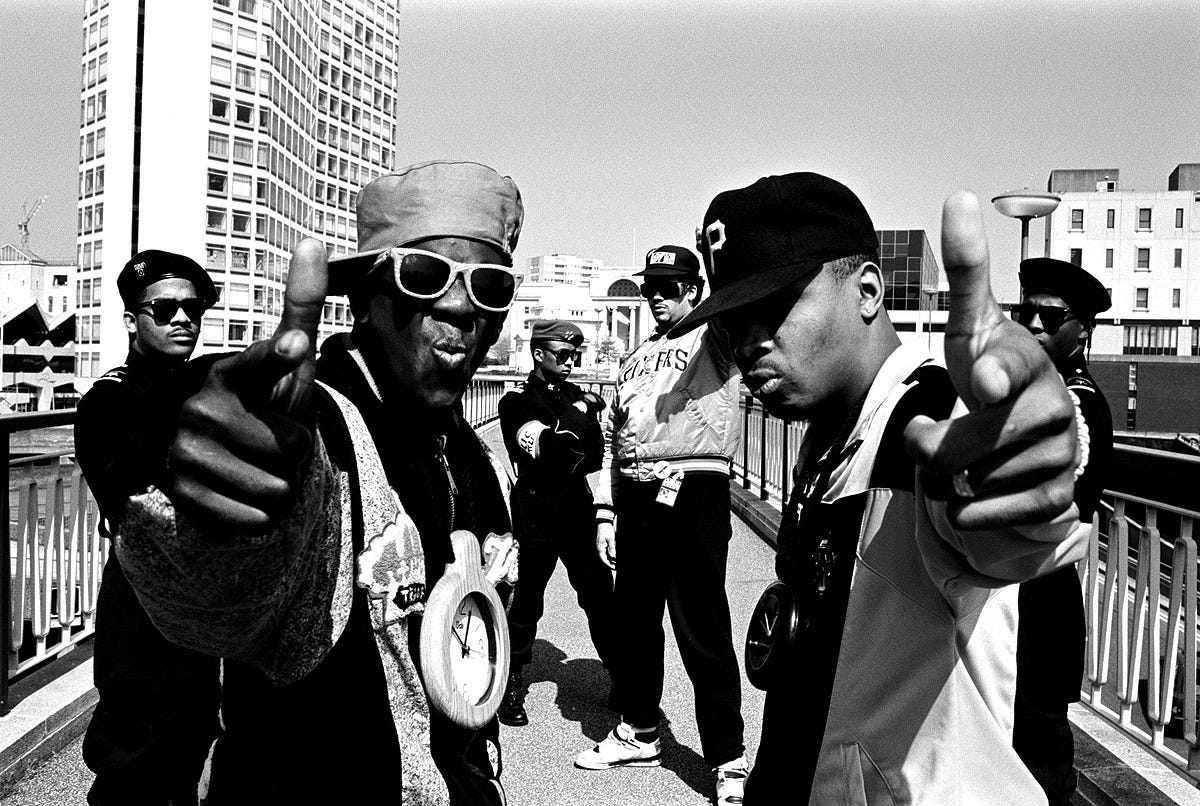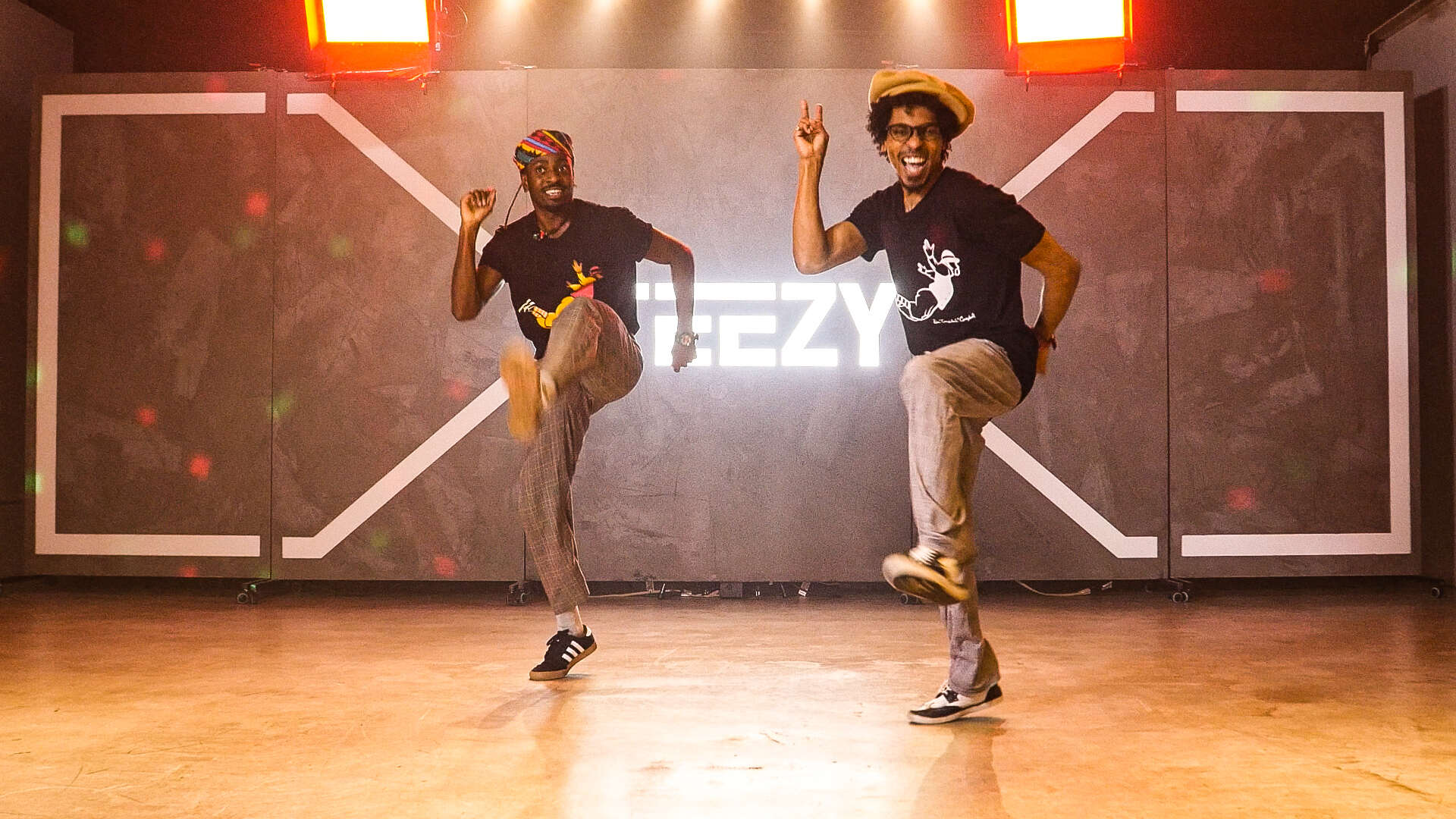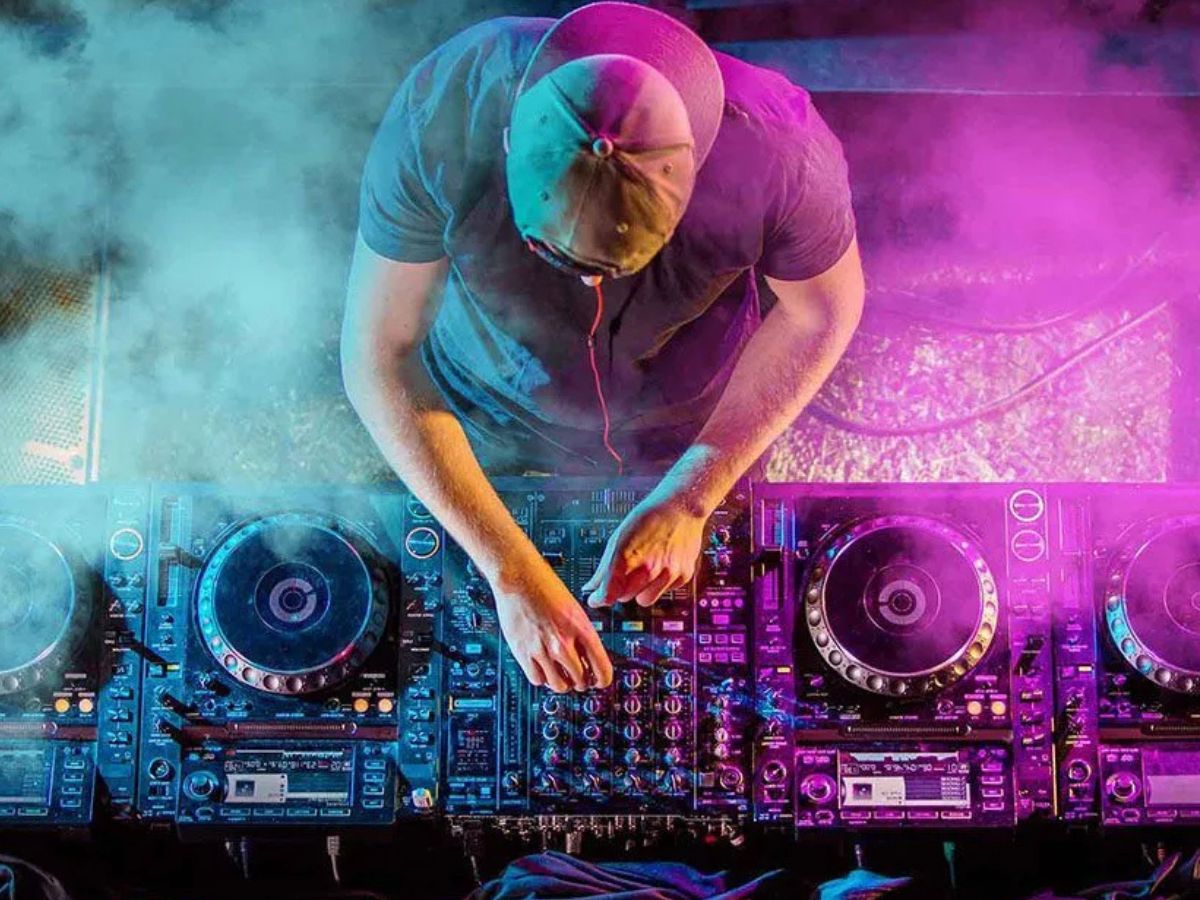

Hip Hop
What Are The Four Elements Of Hip Hop?
Modified: March 3, 2024
Discover the four essential elements of Hip Hop: rap, DJing, breakdancing, and graffiti. Dive into the history and culture of this influential genre.
(Many of the links in this article redirect to a specific reviewed product. Your purchase of these products through affiliate links helps to generate commission for AudioLover.com, at no extra cost. Learn more)
Table of Contents
Introduction
Hip Hop is a cultural movement that emerged in the 1970s in the Bronx, New York City. It encompasses various artistic elements, including music, dance, visual arts, and fashion. At its core, Hip Hop is a form of artistic expression that originated from marginalized communities and served as a platform for social commentary and self-representation.
One of the defining features of Hip Hop is its unique blend of creativity, rhythm, and storytelling. It has been instrumental in providing a voice to those who have been traditionally silenced, addressing social issues, and preserving cultural heritage.
The essence of Hip Hop lies in its four primary elements: MCing (Rapping), DJing (Turntablism), Breakdancing (B-boying/B-girling), and Graffiti art (Writing). These elements work in harmony to create a vibrant and dynamic culture that continues to evolve and influence contemporary society.
In this article, we will explore each of the four elements of Hip Hop in detail, discussing their origins, significance, and contributions to the overall culture. Join us on this journey as we dive into the rhythmic world of Hip Hop and discover the power of its elements.
Element 1: MCing (Rapping)
MCing, also known as rapping, is the vocal aspect of Hip Hop. It involves the rhythmic delivery of lyrics over a musical beat. MCs, short for Masters of Ceremonies, use their voices as instruments to express their thoughts, stories, and emotions.
Originating from African oral traditions and griot storytelling, MCing became a powerful tool for inner-city youth to convey their experiences and address social and political issues. It provided a platform for self-expression and served as a means of empowerment.
MCing is characterized by its unique rhyme schemes, wordplay, and lyrical flow. MCs often freestyle, improvising lyrics on the spot, or engage in rap battles, showcasing their skills and creativity.
Over the years, MCing has evolved into various sub-genres within Hip Hop, including conscious rap, gangsta rap, and mumble rap. Each sub-genre brings its own distinct style and subject matter, allowing MCs to explore different themes and narratives.
Notable MCs, such as Grandmaster Flash, Rakim, Tupac Shakur, and Jay-Z, have not only shaped the art of MCing but also influenced popular culture and music worldwide.
With the rise of digital platforms and social media, MCing has become more accessible and widespread. Aspiring MCs can share their music online, collaborate with producers, and gain exposure to a global audience.
MCing remains a cornerstone of Hip Hop culture, providing a voice for marginalized communities and fostering artistic expression. It continues to evolve and adapt to the ever-changing musical landscape, preserving the essence of Hip Hop for future generations.
Element 2: DJing (Turntablism)
Another integral element of Hip Hop culture is DJing, also referred to as turntablism. DJs are the musical architects who provide the beats, create the rhythm, and set the tone for MCs to rap over.
The origins of DJing can be traced back to the innovative techniques pioneered by DJ Kool Herc in the early 1970s. Using two turntables and a mixer, DJs manipulate vinyl records to create seamless transitions between songs, incorporating various techniques such as scratching, beat juggling, and sampling.
DJs play a crucial role in not only providing the musical backdrop for MCs but also in creating a vibrant party atmosphere. They have the ability to read the crowd, anticipate their musical preferences, and keep the energy flowing throughout the event.
Turntablism is considered a true art form, requiring a deep understanding of music theory, rhythm, and technical skills. DJs spend countless hours practicing their craft, mastering the art of blending different tracks, and creating unique mixes.
Over the years, DJs have become highly influential figures in the Hip Hop community. They have the power to break new artists, curate playlists, and create genre-defining sounds. DJs like Grandmaster Flash, DJ Premier, DJ Jazzy Jeff, and DJ Khaled have left an indelible mark on the culture.
With advancements in technology, DJing has evolved beyond vinyl records to include digital tools and software. DJs now have access to a vast library of music and can manipulate tracks in unprecedented ways.
Additionally, DJ battles and competitions have become popular showcases for turntablists to display their skills and creativity. These events allow DJs to push the boundaries of what is possible with their turntables and gain recognition within the Hip Hop community.
DJing remains an essential element of Hip Hop culture, providing the foundation for MCs to shine and ensuring that the party never stops. The artistry and innovation displayed by DJs continue to shape the sound of Hip Hop and influence the music industry as a whole.
Element 3: Breakdancing (B-boying/B-girling)
When we think of Hip Hop, one of the most iconic and visually captivating elements that come to mind is breakdancing, also known as B-boying or B-girling. Originating in the streets of the Bronx, breakdancing is a dynamic and acrobatic form of dance that is an integral part of Hip Hop culture.
Breakdancing originated in the 1970s as a way for marginalized youth to express themselves creatively and physically. The dance form incorporates elements of athleticism, rhythm, and improvisation, often performed alongside the beats of the DJ and the lyrics of the MC.
B-boys and B-girls, the dancers who engage in breakdancing, display impressive moves such as power moves, which include spins, flips, and intricate footwork, and freezes, where dancers suspend their bodies in gravity-defying positions.
Breakdancing is not just about individual skills but also about community and competition. It has given rise to competitive events known as b-boy battles, where dancers go head-to-head in showcases of skill, creativity, and style. These battles are an opportunity for B-boys and B-girls to assert their dominance and earn respect within the Hip Hop community.
Breakdancing has found its way into popular culture, with performances in music videos, movies, and even professional dance competitions like Red Bull BC One. It has evolved and diversified, with various styles such as popping, locking, and krumping influencing its development.
As an art form, breakdancing serves as a means of self-expression, personal growth, and cultural preservation. It allows individuals to tell their stories, celebrate their heritage, and unite people across different communities and backgrounds.
Today, breakdancing continues to thrive globally, with dedicated dance studios, workshops, and international competitions. It has become a symbol of resilience, creativity, and empowerment, showcasing the enduring spirit of Hip Hop culture.
Element 4: Graffiti art (Writing)
Graffiti art, often referred to as writing within the Hip Hop community, is a visually striking and controversial element of the culture. Emerging alongside the other elements in the 1970s, graffiti art became a powerful form of self-expression and a way to reclaim public spaces.
Initially considered an act of rebellion, graffiti art involved the creation of colorful and intricate designs on walls, subway trains, and other surfaces using spray paint. It served as a visual representation of the artist’s individuality, creativity, and socio-political stance.
The writing style in graffiti art is characterized by vibrant colors, intricate lettering, and imaginative compositions. Artists, known as writers, developed their unique tag names and elaborate pieces, often incorporating cultural references and personal narratives into their work.
Graffiti art sparked debates about public property, vandalism, and artistic expression. While some considered it a form of defacement, others recognized its cultural significance and potential for beautifying urban landscapes.
Over time, graffiti art has evolved into a respected art form, with renowned artists and collectives gaining recognition within the mainstream art world. Today, exhibitions, galleries, and street art festivals showcase the talents and creativity of graffiti artists.
Beyond aesthetics, graffiti art has been a platform for social and political commentary, raising awareness about marginalized communities, inequality, and other pressing issues. It has served as a visual voice for those who are often silenced.
In recent years, the digital age has influenced the evolution of graffiti art, with artists embracing new technologies to create digital murals and augmented reality experiences. This fusion of traditional graffiti with modern innovation has expanded the possibilities within the art form.
Graffiti art continues to be a thriving element of Hip Hop culture, evolving and adapting with the times while retaining its rebellious spirit. It serves as a catalyst for creative expression, urban revitalization, and community engagement.
Conclusion
Hip Hop, as a cultural movement, encompasses a multitude of artistic elements that have shaped and influenced the world. The four fundamental elements of MCing, DJing, breakdancing, and graffiti art form the foundation of Hip Hop, contributing to its unique and dynamic nature.
MCing, or rapping, provides a platform for lyrical expression and storytelling, allowing individuals to voice their experiences and address social issues. DJing, with its rhythmic beats and skillful manipulations, sets the stage for MCs to shine and keeps the energy alive at Hip Hop events.
Breakdancing, with its acrobatic and expressive moves, captivates audiences and serves as a physical manifestation of the culture’s energy and creativity. And graffiti art, or writing, allows artists to leave their mark on public spaces, provoking thought, and challenging societal norms.
Together, these four elements intertwine, creating a vibrant and inclusive culture that continues to evolve and expand. They provide voices for marginalized communities, platforms for self-expression, and avenues for social commentary.
Hip Hop has transcended geographical boundaries and cultural barriers, becoming a global phenomenon that resonates with people from all walks of life. It has influenced not only music but also fashion, language, and social activism.
As we delve into the world of Hip Hop, we recognize its profound impact and ability to empower individuals and communities. It serves as a reminder of the power of art, music, and expression to bring about change and unite people.
So let us celebrate the four elements of Hip Hop: MCing, DJing, breakdancing, and graffiti art. Let us embrace their rich history, explore their endless possibilities, and continue to keep the spirit of Hip Hop alive for generations to come.

